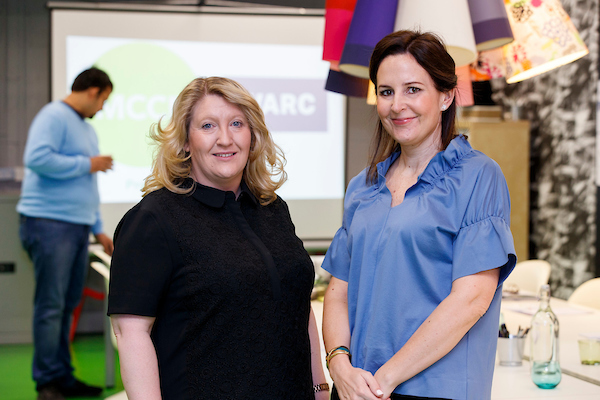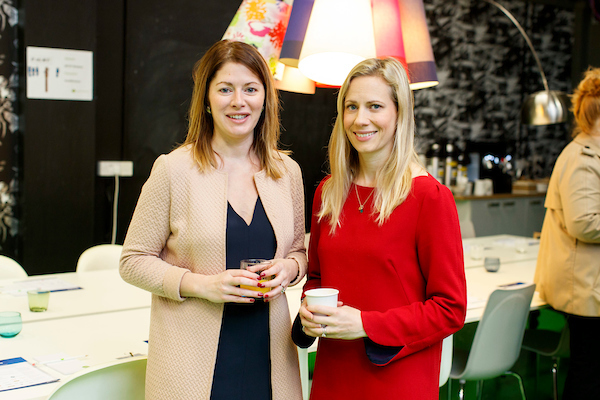Purpose, when done correctly can be a vital asset in the ecosystem of a brand. But when bolted on without proper consideration, the backlash from the general public will be swift and unrelenting as your company becomes internet fodder for the foreseeable future.
The prime example of this is the ill-fated Pepsi campaign with Kendall Jenner. The soft drink brand attempted to force themselves into the social justice movement. Instead of plaudits for tackling the problem with a global celebrity they drew criticism for trivialising the issue. As a brand Pepsi had no right to engage in this area and as a result had to remove the campaign wasting millions and issue an apology. Had they a better understanding of brand purpose the outcome would have been very different.
So, what is brand purpose and why should it be on your radar? MCCP and WARC held a breakfast session earlier this week, with select industry attendees, to discuss the implications of brand purpose. The key learning from the session? Brand purpose is not just important for 2017, this is an area that companies of all shapes and sizes need to invest in.
Purpose is a reason, beyond profits, for a brand to exist. It adds meaning to products and services and allows consumers to connect with brands on an emotional level. It can be a brand slogan, a commitment to sustainability, inclusion or a range of other issues. Aside from giving meaning to a brand, the companies that do it best are the ones who live their purpose through all communications and see a rise in financial results or other KPIs. Society now expects brands to have more than a functional benefit in their lives. They need to have a purpose and when it works it is effective. Persil, Patagonia and Dove have all benefitted with increased sales and awareness in the marketplace as a result.
“It is not enough to just talk about your brands beliefs,” says Kay McCarthy, Founder and MD of MCCP. “Purpose and values are more credibly brought to life through behaviour, action, and creation than they are through generic statements of values. This is why we have added to our business pillars to help brands deliver culture both internally and externally. Innovation is also a hugely important factor in this.”
To see this in real terms we just need to look at the ‘Dirt Is Good’ activations by Persil. Rather than rest on a catchy slogan Persil rolled out campaigns to get kids playing outside again. Something that hadn’t been happening due to an increasingly sedentary lifestyle brought on by on demand TV, reliance on handheld devices and a changing society.
By equating dirt to creativity and expression they immediately got buy in from parents who were quick to hand over a phone or tablet for peace and quiet and as a result felt a sense of responsibility. In response to this buy in, Persil launched the campaign in various directions to maximise its exposure. With over 600 playgrounds built around the world to date “kids now have space to get dirty, play and develop”. On a larger scale, they also tackled legislations in Vietnam to ensure that children received time to play during their long school days. Final proof of the campaigns success came in the form of ‘Outdoor Classroom Day’, an annual event sponsored by Persil to encourage schools to get involved – to date over 2.5million have participated. Fifty percent of growth in Unilever (Persil’s parent company) today is coming from brands that are acting on their purpose. The growth from these brands is thirty percent higher than the brands where we the purpose didn’t land effectively.
The power of purpose means that brands can communicate it in an endless amount of ways once it is relevant to their history. Global brand Whirlpool launched its ‘Every Day, Care’ movement which was a step away from the traditional category communications of an easier, better, faster life. Instead they focused on the importance of caring. Research found that students were missing school because they did not have access to clean clothes. Whirlpool launched a campaign called ‘Care Counts’ which installed washers and dryers in disadvantaged schools to give students access to laundry facilities and in turn boost attendance. By using data collection devices, they were able to track the students using the service and track attendance rates at school and extra-curricular activities. Ninety percent of participants saw attendance increase and now over one thousand schools have asked to participate.
One of the most useful take outs from the event were the three key questions to ask when creating a successful brand purpose. Does it fit with brand? Does it relate to task? Does it address a cultural need? By using these questions to frame a brands approach to purpose it will prevent campaigns reaching a point where they are targeting an audience that does not fit with what it stands for.
The team from MCCP and WARC made it clear, brand purpose isn’t going away. In fact, it is about to reach a point where it will be hard to survive without one. It should be authentic and fit in with the heritage of the company and make a real difference in society. For further information on upcoming MCCP events follow their Twitter account at @MCCPStrategy. To see the presentation deck just email meetus@mccp.ie.



































